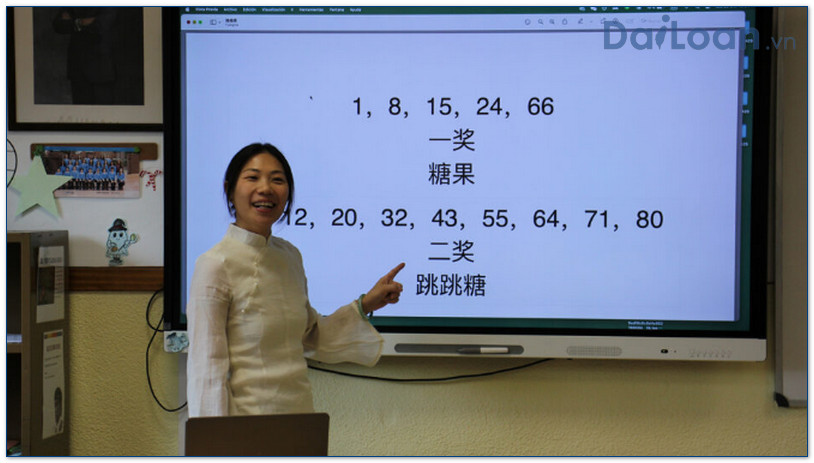In the pursuit of mastering the Chinese language, understanding the vocabulary is paramount. One such interesting term is 物色 (wù sè). This article delves into the meaning, grammatical structure, and practical examples of using 物色, ensuring that learners of all levels can grasp its significance and application.
What is 物色 (wù sè)?
The term 物色 (wù sè) primarily translates to “to look for” or “to seek out” in English. It conveys a sense of searching for something specific, often implying a careful selection process. The characters that make up this term are:
- 物 (wù)
 : Meaning “thing” or “object.”
: Meaning “thing” or “object.” - 色 (sè): Translates to “color,” but in this context relates to the idea of “type” or “nature.” Thus, the compound can be interpreted as “looking for a type of thing.”
Grammatical Structure of 物色
Understanding the grammatical structure of 物色 is essential for its appropriate use in sentences.
Basic Structure
In Mandarin Chinese, 物色 functions as a verb. It can be followed by various complements depending on the context. The structure typically looks like this:
- Subject + 物色 + Object
For example: 我物色一些书籍。 (wǒ wù sè yīxiē shūjí) – “I am looking for some books.”
Usage in Sentences
物色 can be used in various contexts, from casual conversations to formal situations. Here are some examples that illustrate its versatility:
- 我在物色适合的工作。
(wǒ zài wù sè shìhé de gōngzuò.)
“I am looking for a suitable job.” - 他物色了几件好衣服。
(tā wù sè le jǐ jiàn hǎo yīfú.)
“He selected a few good clothes.” - 老师建议我们物色一些有趣的书。
(lǎoshī jiànyì wǒmen wù sè yīxiē yǒuqù de shū.)
“The teacher suggested that we look for some interesting books.”
Common Contexts for Using 物色
物色 is often used in various settings, such as shopping, job searching, or scouting for opportunities. Understanding these contexts will help learners use the term effectively.
Shopping
In a shopping context, 物色 is frequently used when individuals are searching for a specific product or type of item. For instance:
- 在商场里物色新手机。(zài shāngchǎng lǐ wù sè xīn shǒujī.)
“Looking for a new phone in the mall.”
Job Search
When looking for employment, one might say:
- 她在物色更好的职业机会。(tā zài wù sè gèng hǎo de zhíyè jīhuì.)
“She is searching for better career opportunities.”
Tips for Mastering 物色
To effectively use the word 物色 in your conversations or writings, consider the following tips:
- Practice: Use 物色 in different sentences to become comfortable with its application.

- Contextual Understanding: Pay attention to contexts in which 物色 is used, as it can broaden its applicable nuances.
- Engage with Native Speakers: Practice conversing in Mandarin with native speakers who can provide feedback on your usage of 物色.
Conclusion
In summary, the term 物色 (wù sè) is a versatile verb that means “to look for” or “to seek out” in Mandarin Chinese. Its grammatical structure allows it to fit comfortably into various sentences and contexts, making it an essential part of everyday vocabulary. By understanding its meaning and usage, learners can enhance their linguistic skills and communicate more effectively in Chinese.

Sứ mệnh của Chuyên là giúp đỡ và truyền cảm hứng cho các bạn trẻ Việt Nam sang Đài Loan học tập, sinh sống và làm việc. Là cầu nối để lan tỏa giá trị tinh hoa nguồn nhân lực Việt Nam đến với Đài Loan và trên toàn cầu.
CÓ THỂ BẠN QUAN TÂM
Du học Đài Loan
Lao Động Đài Loan
Việc Làm Đài Loan
Đơn Hàng Đài Loan
Visa Đài Loan
Du Lịch Đài Loan
Tiếng Đài Loan
KẾT NỐI VỚI CHUYÊN
Zalo: https://zalo.me/0936126566
Website: www.dailoan.vn




